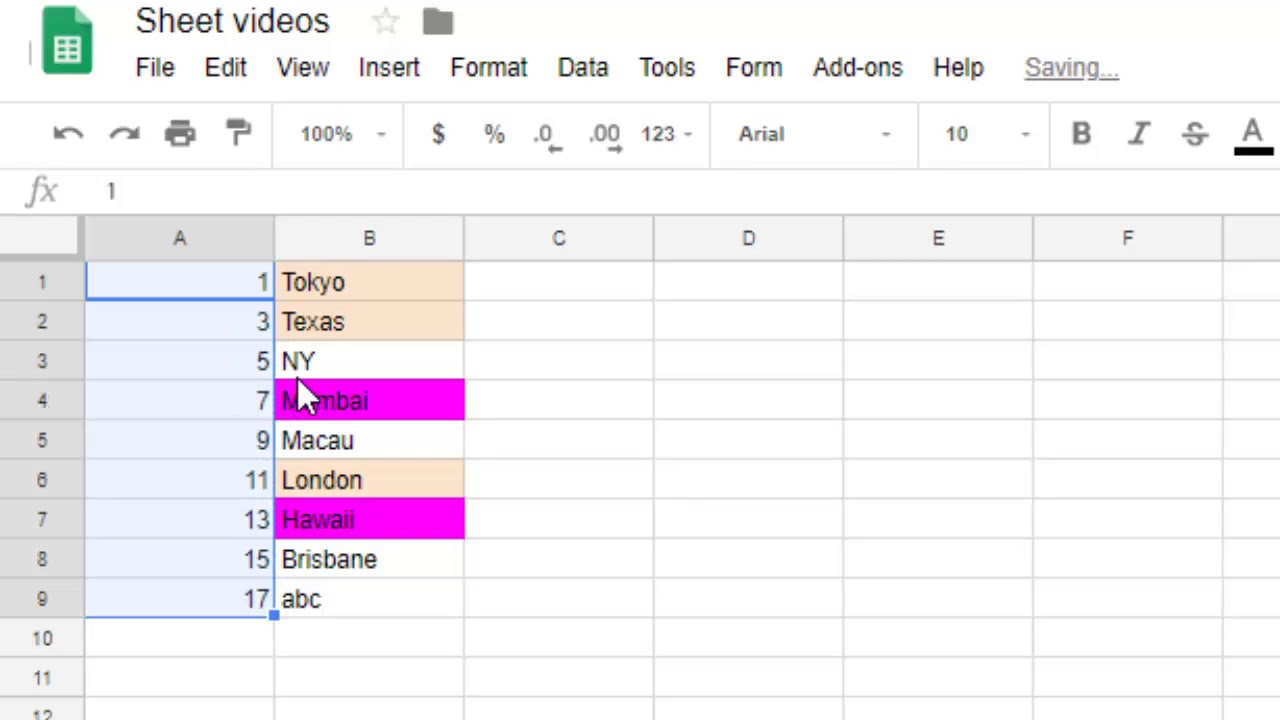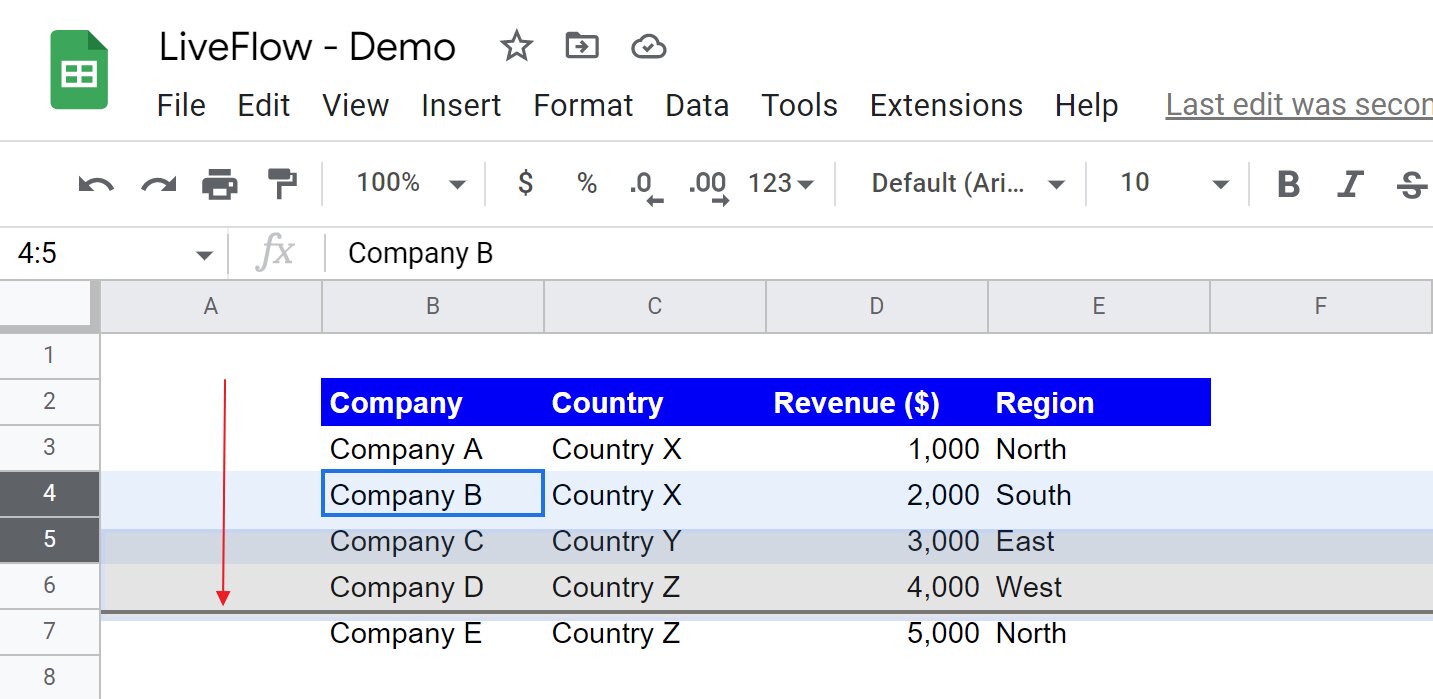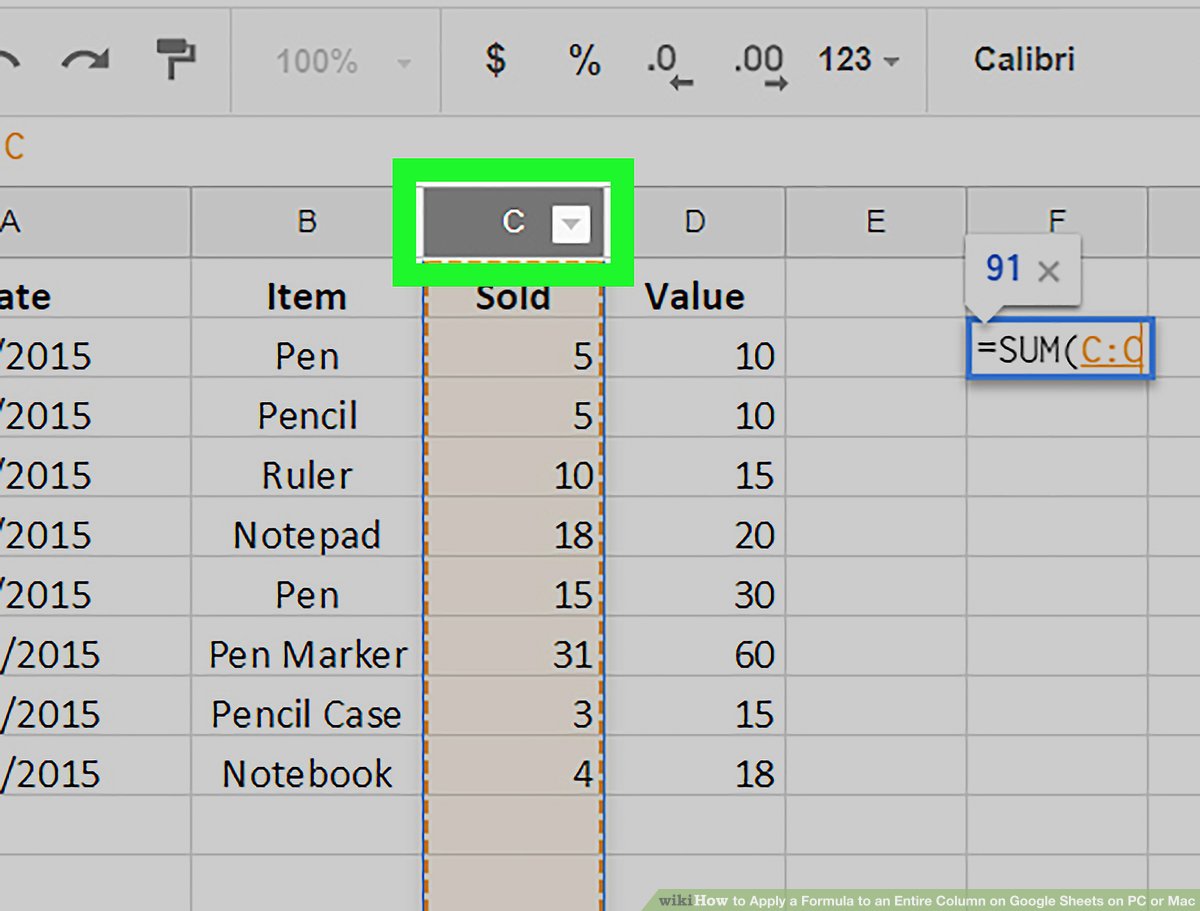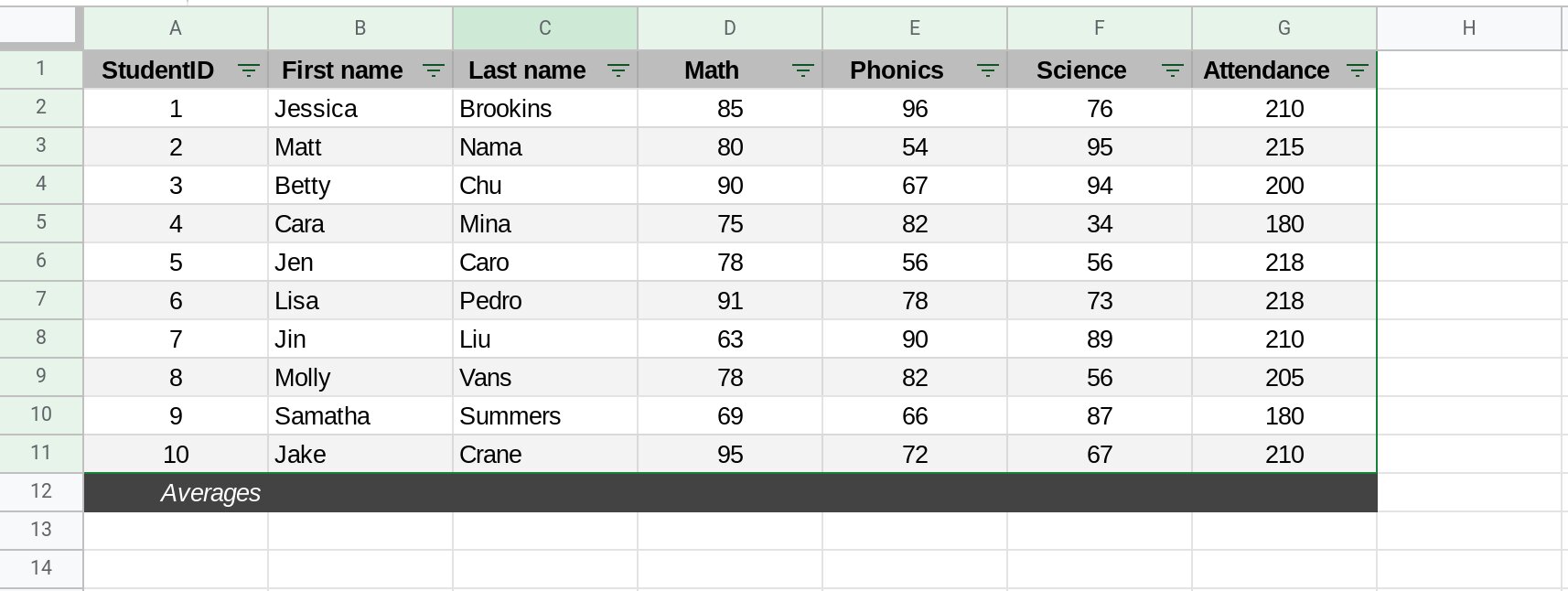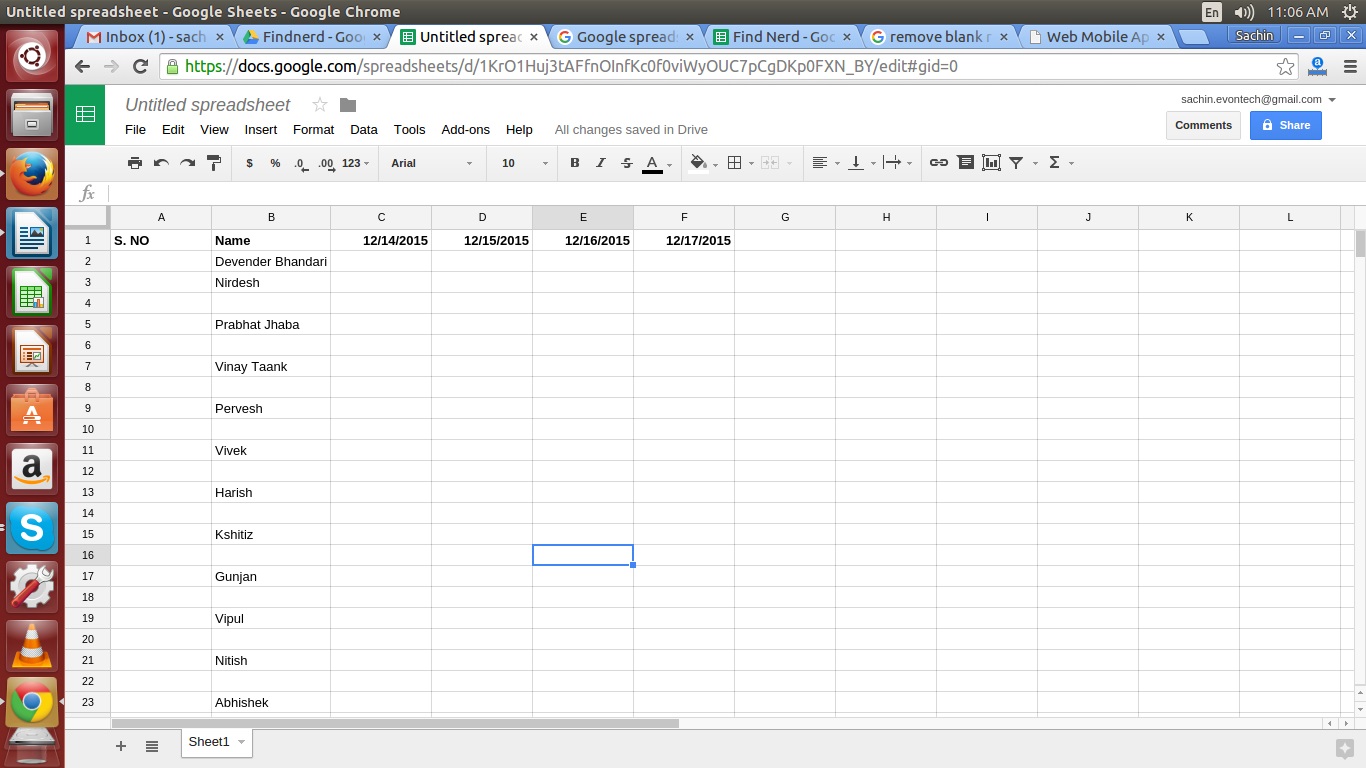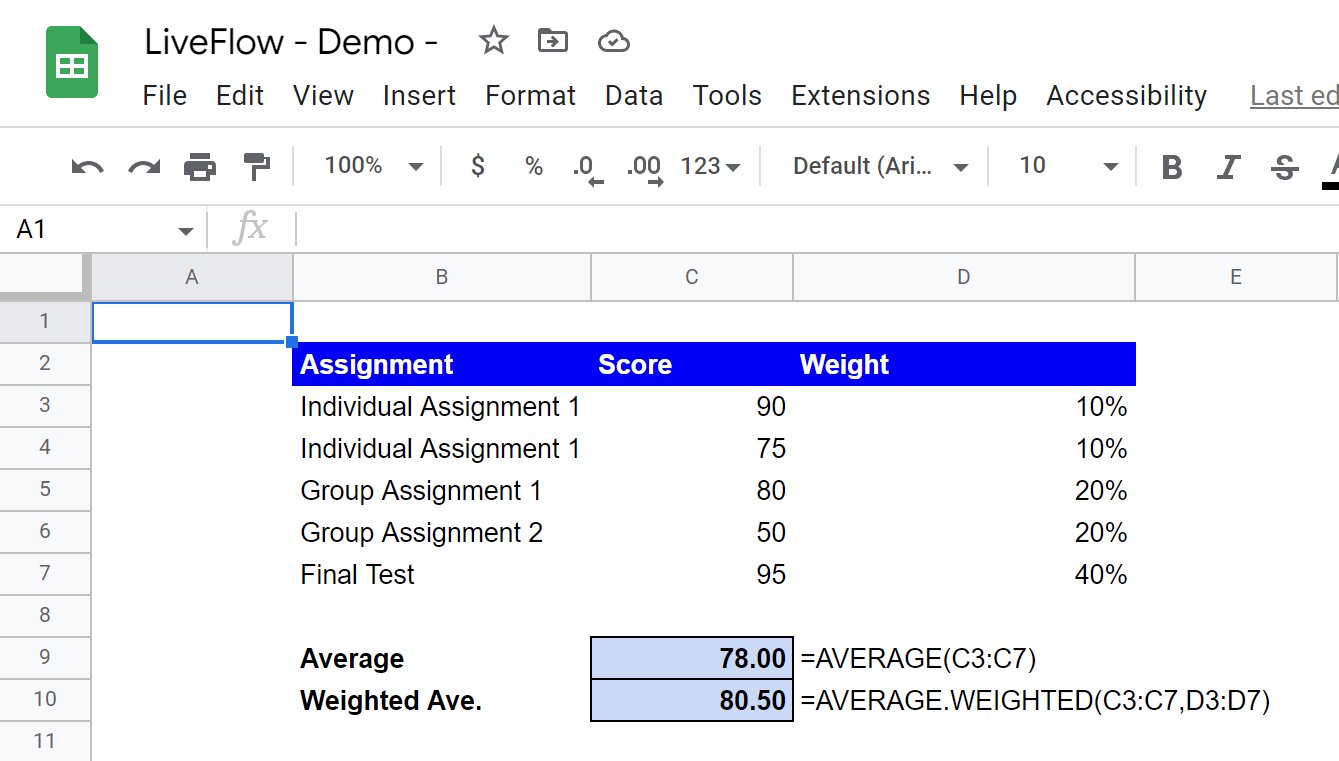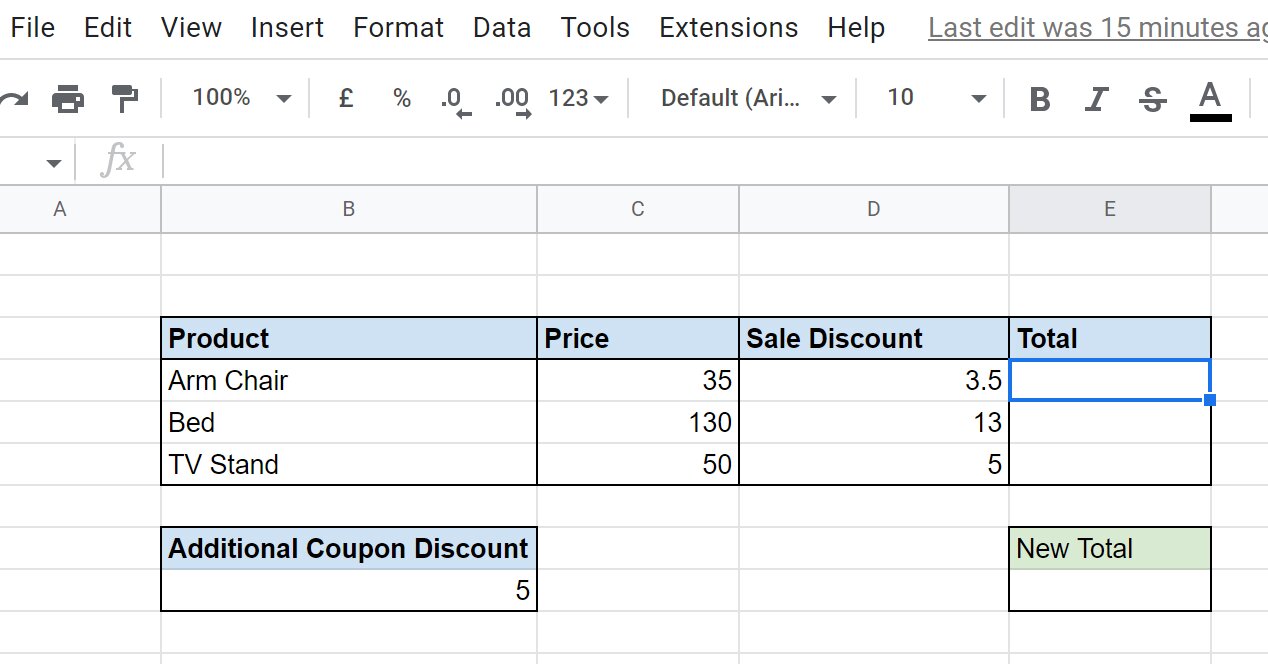Introduction
Welcome to this guide on how to automatically number rows in Google Sheets. If you’ve ever worked with a large dataset or wanted to keep track of the number of entries in your spreadsheet, you know how tedious it can be to manually enter row numbers. Luckily, Google Sheets offers several methods to automate this process.
In this article, we will explore three different approaches to automatically numbering rows in Google Sheets. Whether you prefer using formulas, functions, or scripts, you will find a solution that suits your needs.
By automatically numbering rows, you can save time and ensure accuracy when organizing or referencing your data. It can be particularly useful when working with dynamic datasets that require frequent updates.
Before we dive into the methods, it’s important to note that Google Sheets is a powerful tool for data management and analysis. It offers a wide range of features that can help streamline your workflow. So, let’s get started and learn how to automate row numbering in Google Sheets!
Method 1: Using the ROW Function
The first method we will explore is using the ROW function in Google Sheets. This function allows you to automatically generate a sequential number for each row in your spreadsheet.
To begin, let’s assume you have a dataset in column A and you want to number each row in column B. Here’s how you can do it:
- Select cell B1, where you want to start numbering.
- Enter the formula
=ARRAYFORMULA(ROW(A:A))in B1. - Press Enter.
By using the ROW function combined with the ARRAYFORMULA function, you can generate sequential numbers for all the rows in column B. The ARRAYFORMULA function allows the formula to be applied to the entire column at once.
Now, as you add or delete rows in column A, the numbers in column B will automatically adjust accordingly. This method is simple and efficient for numbering rows in Google Sheets.
However, one limitation of this method is that it will continue numbering rows even if there is no data in the corresponding row of column A. If you have empty rows in your dataset, you may end up with gaps in the numbering sequence.
To overcome this limitation, you can modify the formula slightly. Instead of using =ARRAYFORMULA(ROW(A:A)), use =ARRAYFORMULA(IF(A:A<>"",ROW(A:A),"")). This formula checks if column A has any data, and only numbers the rows where data is present.
Using the ROW function is a convenient way to automatically number rows in Google Sheets. It saves time and eliminates the need for manual entry, ensuring accuracy and efficiency in your spreadsheet.
Method 2: Using the ArrayFormula Function
If you prefer a slightly different approach, you can use the ArrayFormula function in Google Sheets to automatically number your rows. This method offers similar functionality to Method 1 but with a simpler formula.
To use the ArrayFormula function to automatically number rows, follow these steps:
- Select cell B1, where you want to start numbering.
- Enter the formula
=ArrayFormula(ROW(A:A)-1)in B1. - Press Enter.
The ArrayFormula function allows you to apply a formula to an entire range of cells. In this case, we are subtracting one from the ROW function to start numbering from 1 instead of 2.
Similar to Method 1, as you add or delete rows in column A, the numbering in column B will adjust accordingly. This approach ensures that your row numbers accurately reflect the data in your spreadsheet.
One advantage of using the ArrayFormula function is that it automatically handles empty rows. Unlike Method 1, it will not assign a number to rows that have no data in column A, thereby avoiding any gaps in the numbering sequence.
This method is straightforward and efficient, allowing you to automate the process of numbering rows in Google Sheets. It is particularly useful when dealing with large datasets or when you need to keep track of the number of entries in your spreadsheet.
By leveraging the power of the ArrayFormula function, you can save time and effort while maintaining the integrity of your data.
Method 3: Using a Custom Script
If the previous methods do not meet your requirements or if you prefer a more advanced solution, you can use a custom script to automatically number rows in Google Sheets.
Here’s how you can do it:
- Open your Google Sheets document.
- Click on the “Extensions” menu and select “Apps Script.”
- A new tab will open with a code editor.
- Delete any existing code and paste the following script:
function onOpen() {
var sheet = SpreadsheetApp.getActiveSpreadsheet().getActiveSheet();
var dataRange = sheet.getRange(“A:A”);
var values = dataRange.getValues();
for (var i = 1; i < values.length; i++) { var rowNumber = i + 1; sheet.getRange(rowNumber, 2).setValue(i); } }
This script creates a custom function called `onOpen` that will run whenever the Google Sheets document is opened. It retrieves the values from column A, iterates through each row, and assigns the corresponding row number in column B.
Click on the “Save” button to save the script. Then, close the code editor tab.
Now, whenever you open your Google Sheets document, the script will automatically number the rows in column B based on the data in column A.
This method provides more flexibility and control over how the rows are numbered. You can modify the script to suit your specific needs, such as starting the numbering from a different value or skipping certain rows.
However, it’s important to note that using a custom script requires some knowledge of scripting and may not be as beginner-friendly as the previous methods. If you’re unfamiliar with scripting, it’s recommended to explore the built-in functions and formulas before diving into custom scripts.
By utilizing a custom script, you can automate the process of numbering rows while having more control over the customization of your Google Sheets document.
Conclusion
Automatically numbering rows in Google Sheets can significantly improve your productivity and accuracy when working with data. Whether you prefer using formulas, functions, or custom scripts, Google Sheets offers multiple methods to automate this process.
In this guide, we explored three different approaches:
- Method 1: Using the ROW function allows you to generate sequential numbers for rows in your spreadsheet, either with or without considering empty rows.
- Method 2: Using the ArrayFormula function provides a simpler formula to automatically number rows and automatically ignores empty rows.
- Method 3: Using a custom script provides advanced customization options for numbering rows, allowing you to tailor the process to your specific needs.
Each method has its own advantages, so choose the one that best suits your requirements and comfort level with spreadsheet functions or scripting.
Automating row numbering saves time, ensures accuracy, and eliminates the need for manual entry, especially when working with large datasets or when row numbers need to adjust dynamically.
Remember to explore other features and functions in Google Sheets that can further enhance your data management and analysis capabilities. Google Sheets is a powerful tool that offers a wide range of functions and utilities to streamline your workflow.
By implementing these methods, you can efficiently organize and reference your data in Google Sheets, making your spreadsheet tasks more efficient and effective.







